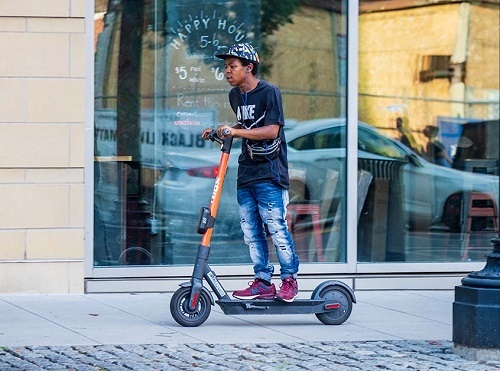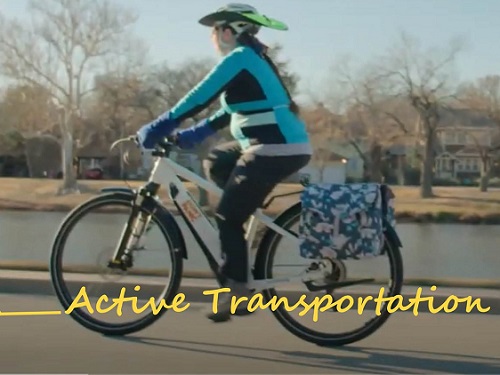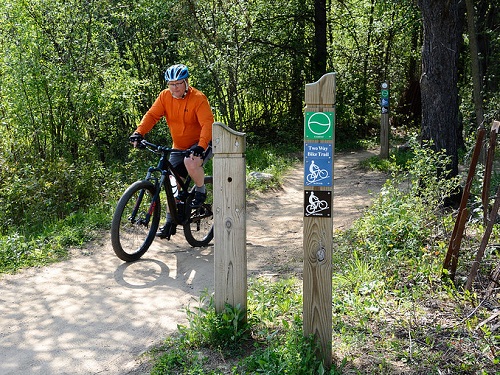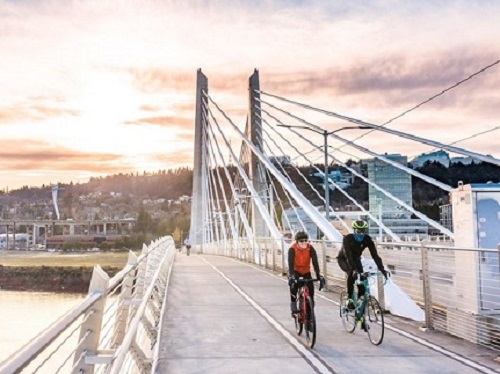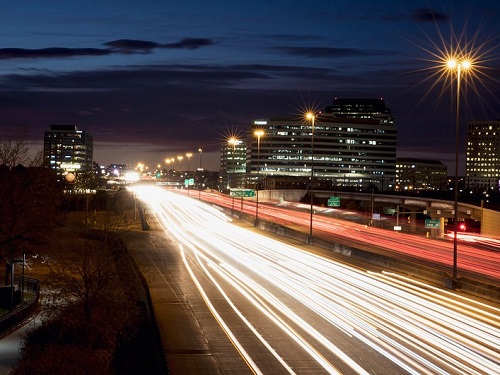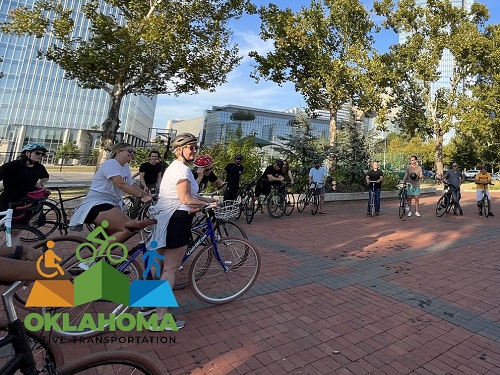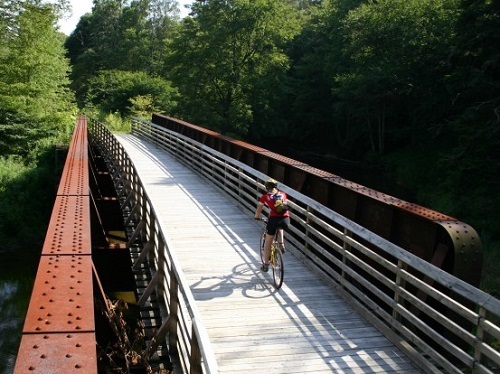The Adventure Cycling Association recently announced major expansions to the U.S. Bicycle Route System or USBRS, including three completely new routes and a connection from Alaska to the lower 48 states.
[Above photo by AASHTO]
The U.S. Bicycle Route System is a developing national network of officially designated, numbered, and signed routes that use existing roads, trails, and other facilities appropriate for bike travel, the association noted – eventually encompassing 50,000 miles of routes nationwide.
The three new routes are USBR 610 in Idaho, USBR 11 in Pennsylvania, and USBR 121 in Tennessee. In Minnesota, USBR 20 has been extended and USBR 45 and USBR 45A have been adjusted to incorporate new trails and improve safety.
Meanwhile, Alaska’s network now connects to Washington State via the Alaska Marine Highway System using ferries; the first time a ferry has been designated as part of a U.S. bicycle route.
“It’s exciting to see how the U.S. Bicycle Route System mirrors our European counterpart bicycle travel network, EuroVelo in a new way” by connecting to ferries, noted Jennifer O’Dell, executive director of Adventure Cycling, in a statement.
“By incorporating the Alaska Marine Highway System into the USBRS, cyclists’ horizons are widened beyond the Lower 48,” she added.
Jim Tymon, executive director of the American Association of State Highway and Transportation Officials, noted that state departments of transportation play a significant role in the expansion of the USBRS by designating new routes twice every year.
“Those bike routes are critical to enhancing and expanding the active transportation opportunities within the nation’s multimodal mobility network,” he said. “State DOTs play a key role in helping foster more and safer bicycle travel options for all Americans and goes to the heart of AASHTO’s longstanding partnership with the Adventure Cycling Association.”
[Editor’s note: AASHTO and Adventure Cycling formalized their nearly two-decade partnership by signing a memorandum of understanding in February 2021.]
Digital maps for all designated U.S. Bicycle Routes are available to the public for free on the Adventure Cycling Association website.
With the new designation and realignments, the USBRS now boasts nearly 20,000 miles of routes in 34 states and Washington, D.C. At least 38 states are currently developing additional bike routes, Adventure Cycling noted.


